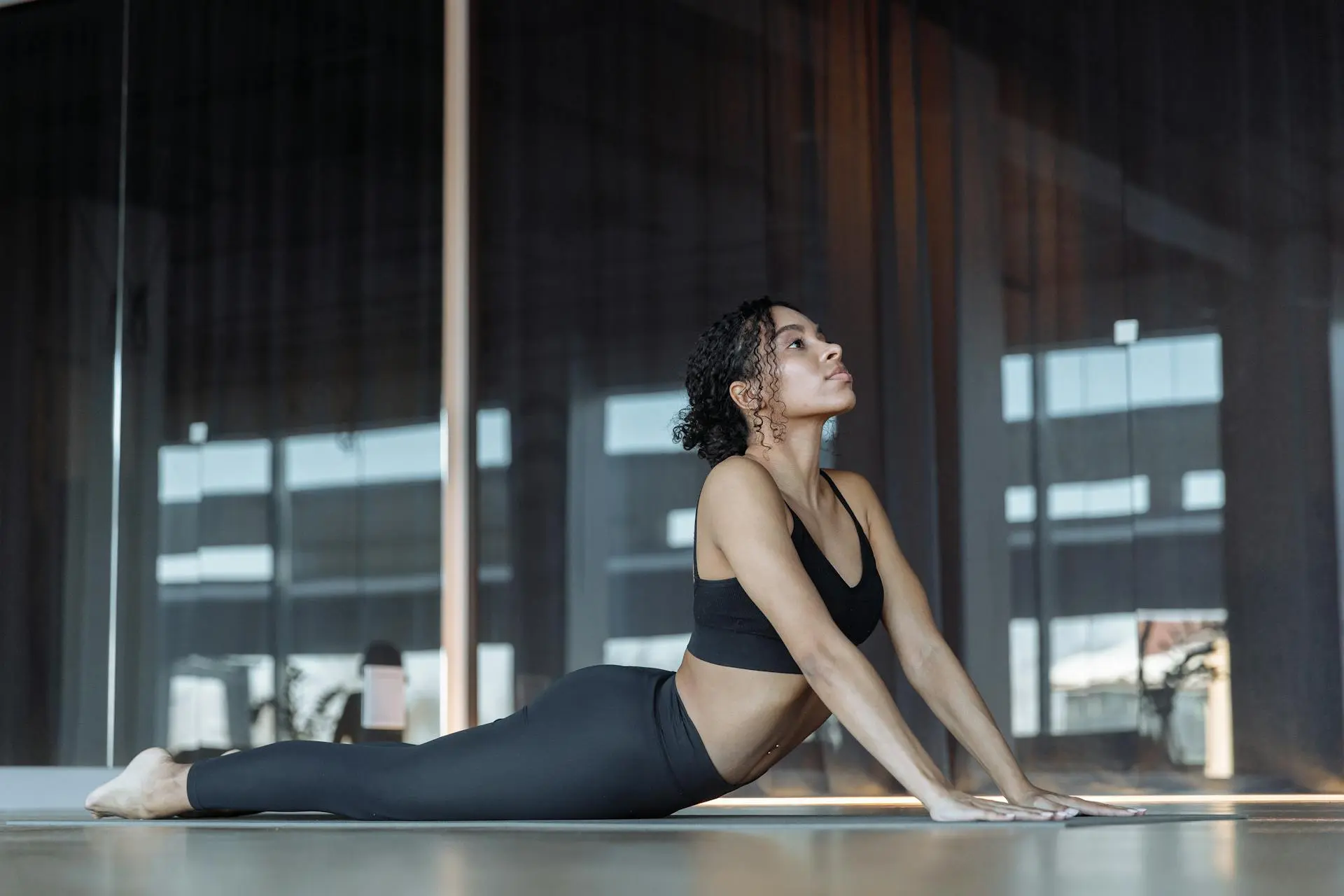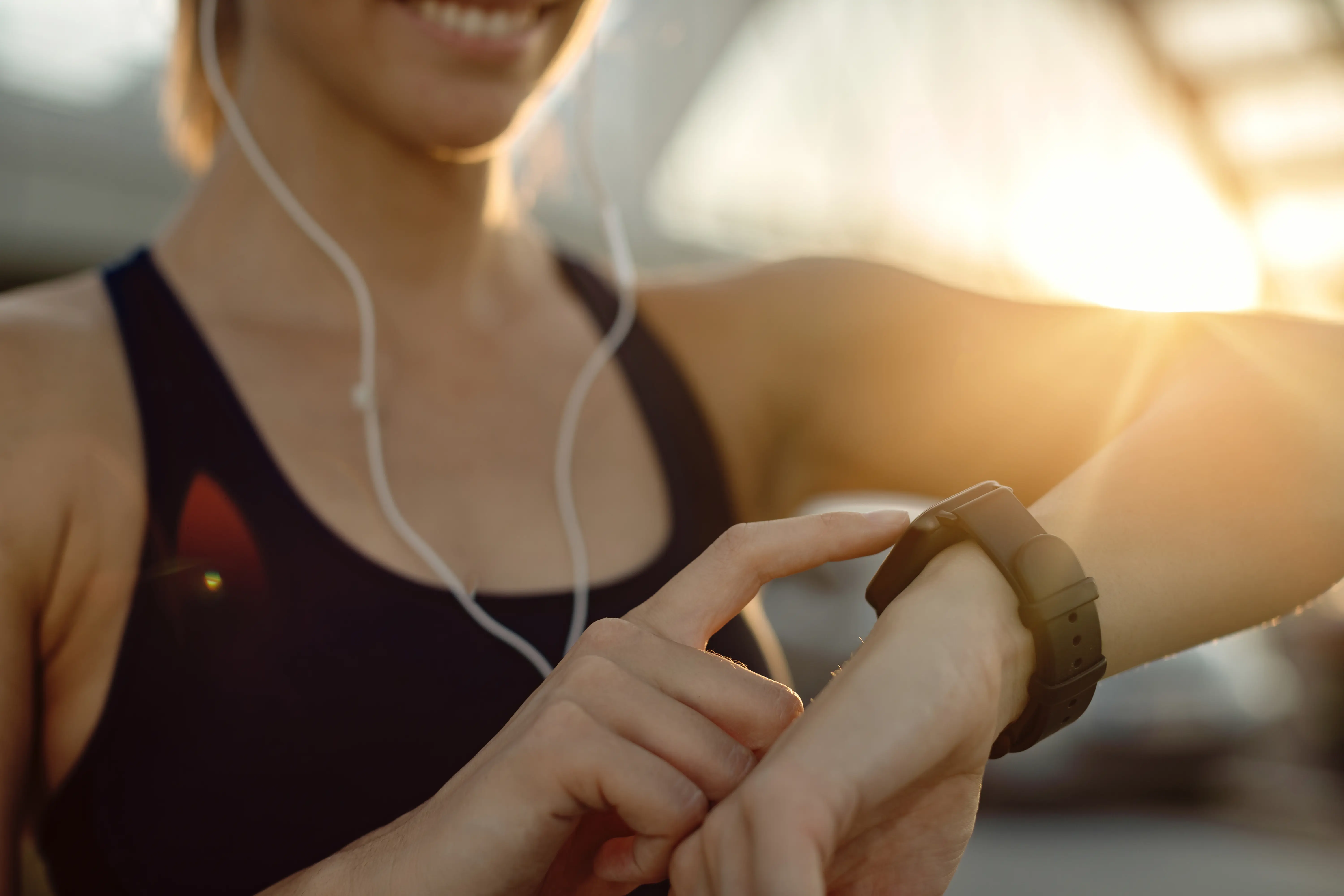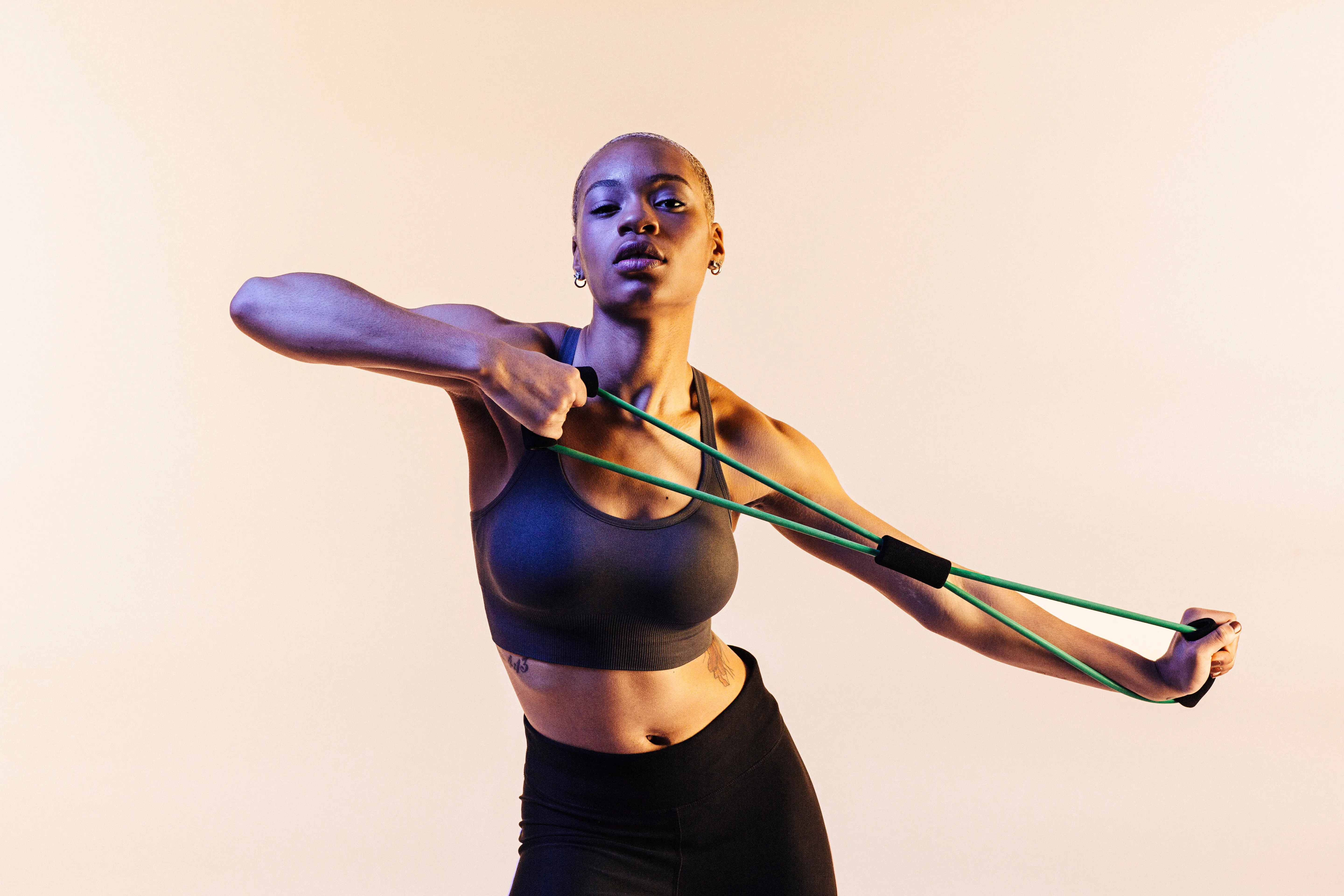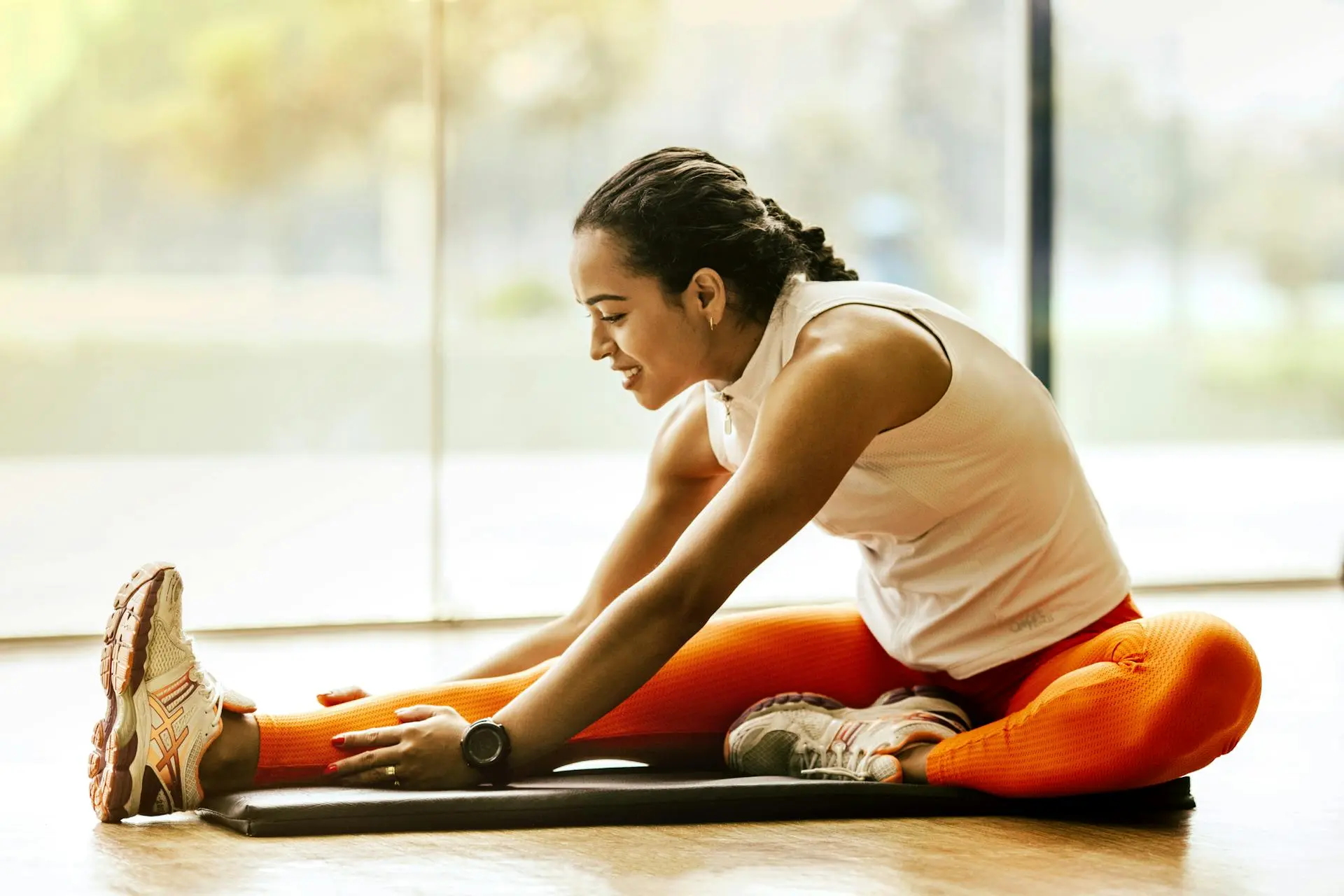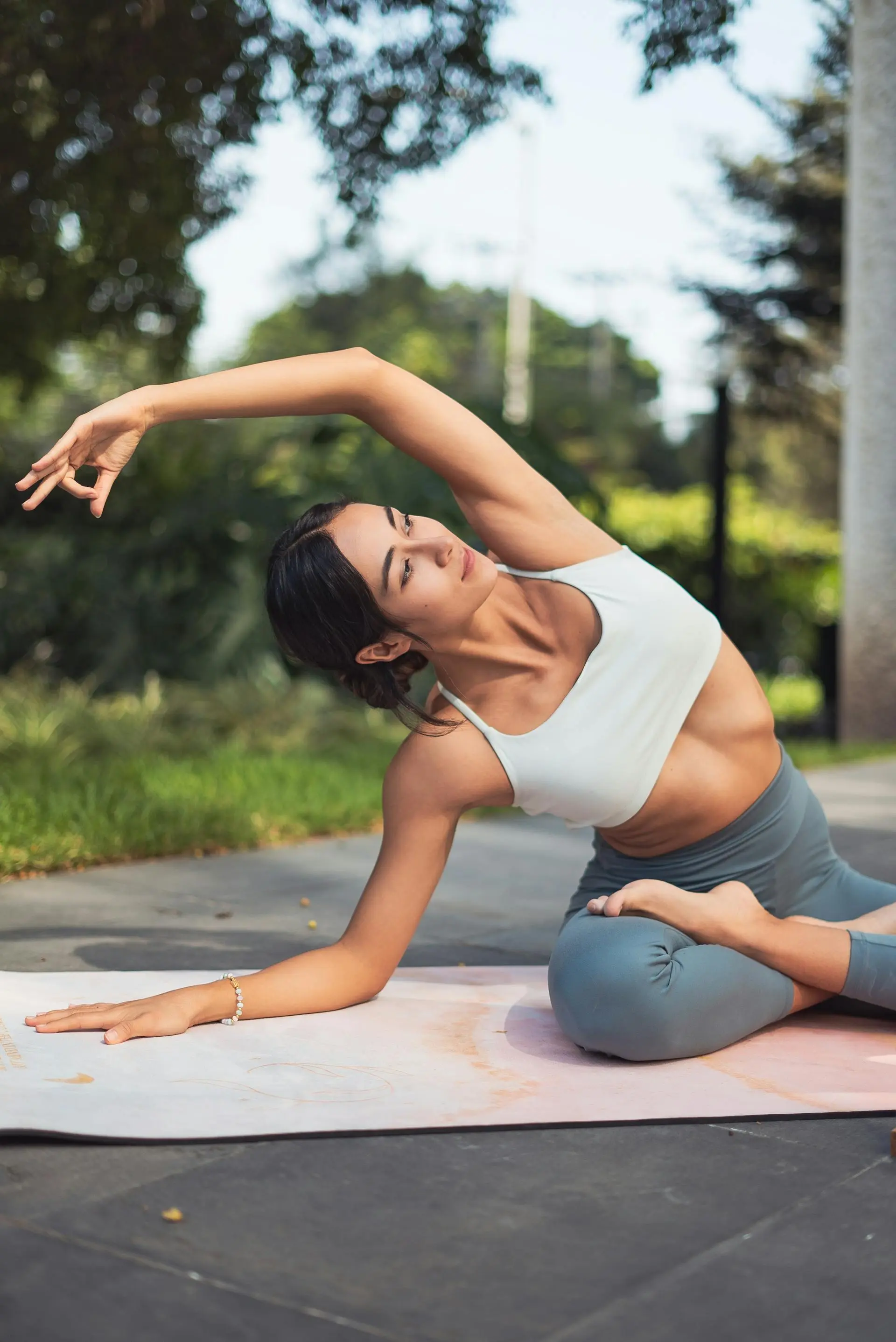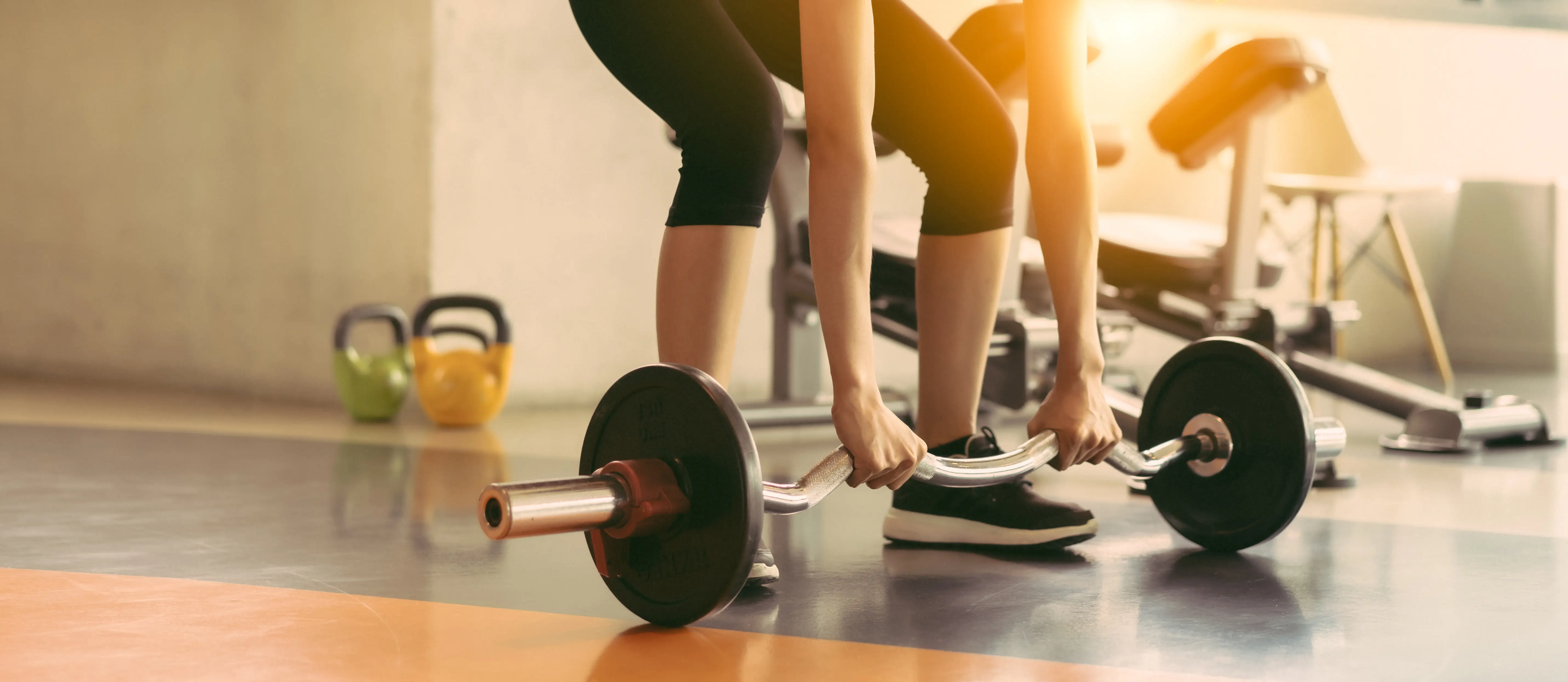The dark season brings special challenges for our fitness. Early darkness, cold temperatures, and uncomfortable weather can significantly dampen the motivation for outdoor activities. But right now, regular exercise is especially important for our physical and mental well-being. A well-thought-out home workout offers the ideal solution to stay active within your own four walls without a gym or expensive equipment.
Why home workouts are especially valuable in the dark season
The months between October and March present special challenges for our bodies. The lack of natural sunlight can lead to a vitamin D deficiency and reduce the production of the happiness hormone serotonin. At the same time, metabolism slows down while the appetite for high-calorie foods increases. Regular training at home can counteract these negative effects.
Exercise releases endorphins, which act as natural mood lifters and help fight typical winter fatigue. Additionally, physical activity boosts metabolism and strengthens the immune system – especially in the Cold season an invaluable advantage. A home workout also eliminates the most common excuses: bad weather, travel time, or crowded gyms.
The best exercises for your winter home workout
Warm-up exercises (5-10 minutes)
1. Jumping Jacks
Stand upright and jump lightly while spreading your arms and legs. When landing, bring your arms together over your head and close your legs. This classic exercise activates the cardiovascular system and prepares the whole body for training.
2. Arm and shoulder circles
Alternate circling both arms forward and backward to mobilize the shoulder joints. Start with small circles and gradually enlarge them. This exercise is particularly important if you work a lot in the home office.
3. March in Place
March in place for 2-3 minutes, consciously lifting your knees high. Naturally swing your arms. This gentle exercise gradually increases heart rate and activates leg muscles.
Upper Body Strength Exercises
4. Classic Push-ups
